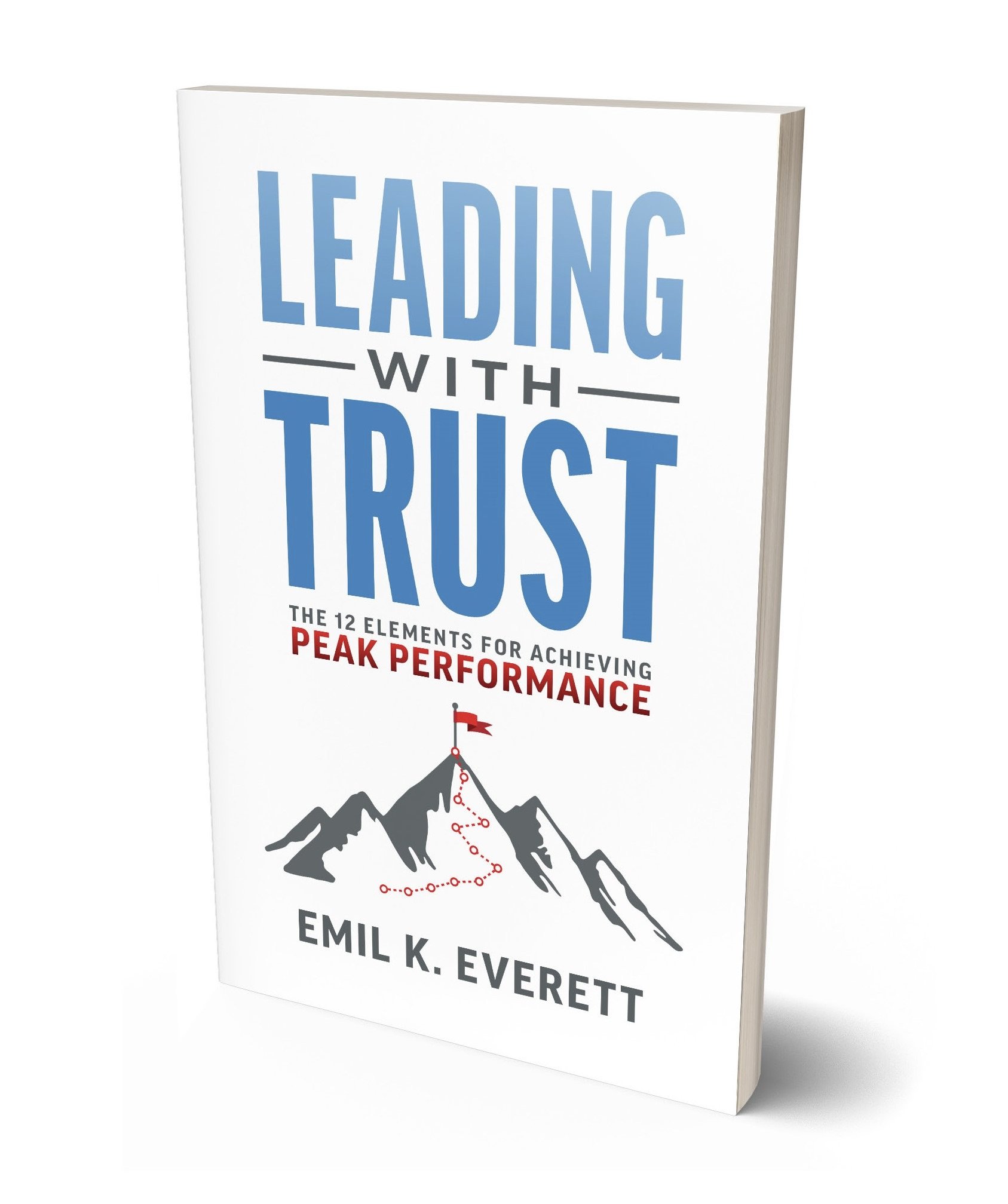Ten Essential Steps for Success in a New Leadership Role
Transitioning to a new leadership role within the same organization or as part of a new venture is both a challenge and an opportunity. It's a time of change, adaptation, and growth. How you prepare for and navigate this transition can profoundly impact your and your team's success. We'll explore the benefits of being ready for a new leadership role and the consequences of neglecting this crucial phase. We'll also provide a roadmap of ten essential steps to help you successfully transition.
Transitioning to a new organization as a leader can be a daunting task. You're stepping into unfamiliar territory, where the dynamics, culture, and expectations may differ significantly from your previous experiences. However, the benefits of being well-prepared are immense:
Smooth Integration: A thorough understanding of your new organization's history, culture, values, and mission will help you integrate smoothly into the existing framework.
Enhanced Leadership: Preparation allows you to hit the ground running, demonstrating competence and confidence in your leadership from day one.
Credibility: Being well-prepared earns you the respect and credibility of your team, peers, and superiors, facilitating smoother collaboration and support.
Better Decision-Making: Knowing the organization inside out equips you to make informed decisions that align with its goals and values.
Reduced Stress: Being prepared minimizes the stress and uncertainty that often come with leadership transitions, allowing you to focus on your responsibilities.
On the flip side, failing to prepare adequately for a leadership transition can lead to several negative consequences:
Slow Integration: Without a solid understanding of the organization, you may struggle to integrate effectively, slowing down your progress and your team's.
Missed Opportunities: Lack of preparation can cause you to miss critical opportunities that positively impact your new role.
Loss of Trust: Failing to build relationships and establish trust early on may result in skepticism and resistance from your team and colleagues.
Unclear Direction: Without setting clear expectations and communicating your vision, your team may flounder in uncertainty, affecting their morale and productivity.
Missed Red Flags: Neglecting to assess team dynamics, processes, and projects can lead to unresolved issues that may snowball into significant challenges.
To ensure a successful transition into your new leadership role, consider these ten crucial steps:
Learn About the Organization: Thoroughly research and understand your new organization's history, culture, values, vision, mission, and needs.
Listen and Observe: Actively listen to team members, colleagues, and subordinates to gain valuable insights.
Build Relationships: Invest in building positive relationships with your team, peers, and superiors.
Set Clear Expectations: Clearly define your expectations for your team and communicate them.
Assess Team Dynamics: Analyze your team's strengths, weaknesses, relationships, and areas for improvement.
Prioritize Communication: Establish open and effective communication channels, encouraging feedback and accessibility.
Understand Stakeholders: Identify key stakeholders and develop strategies for engaging with them.
Assess and Strategize: Conduct a comprehensive assessment of your team's performance, processes, and projects to develop a strategic plan.
Empower and Delegate: Trust your team members and empower them to take ownership of their work.
Seek Mentorship and Support: Don't hesitate to seek guidance from mentors within and outside the organization.
Transitioning to a new leadership role is a significant undertaking, but it can be a gratifying experience with the proper preparation. Learning about the organization, building relationships, setting clear expectations, and seeking mentorship are essential to a successful transition. Patience and humility are vital in adapting to your new leadership role. By following these ten steps and staying open to learning, you can navigate the challenges and opportunities of leadership transitions and thrive in your new organizational role.
This post was inspired by The First 90 Days by Michael Watkins.

